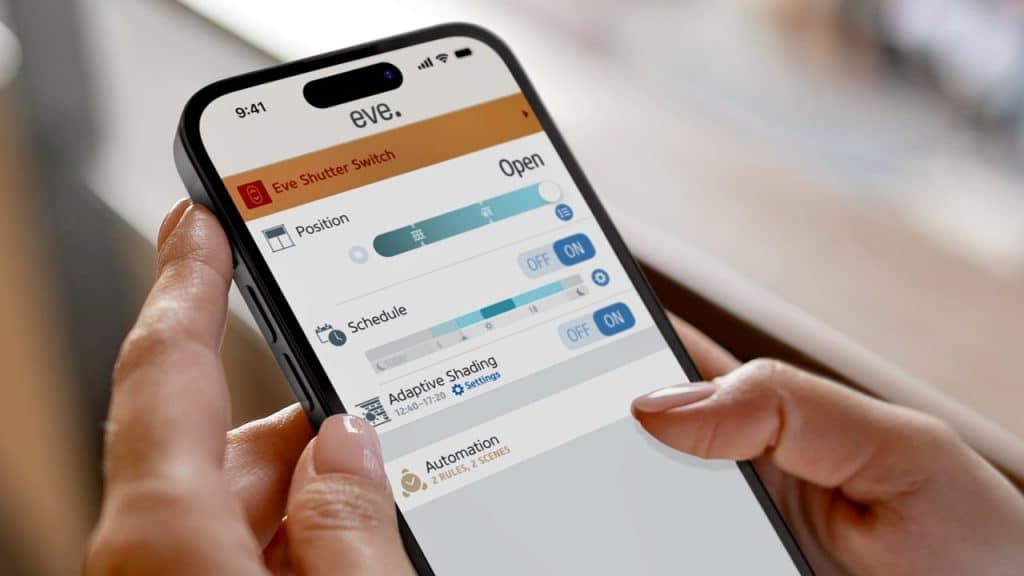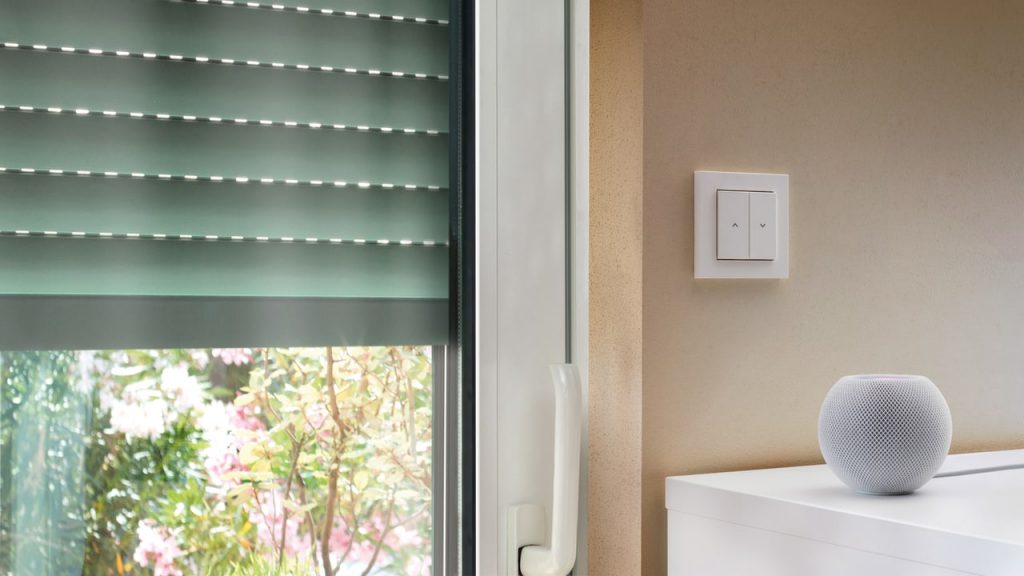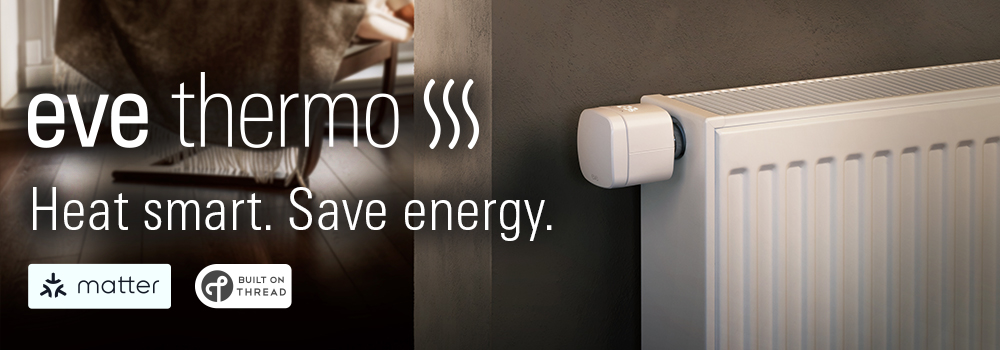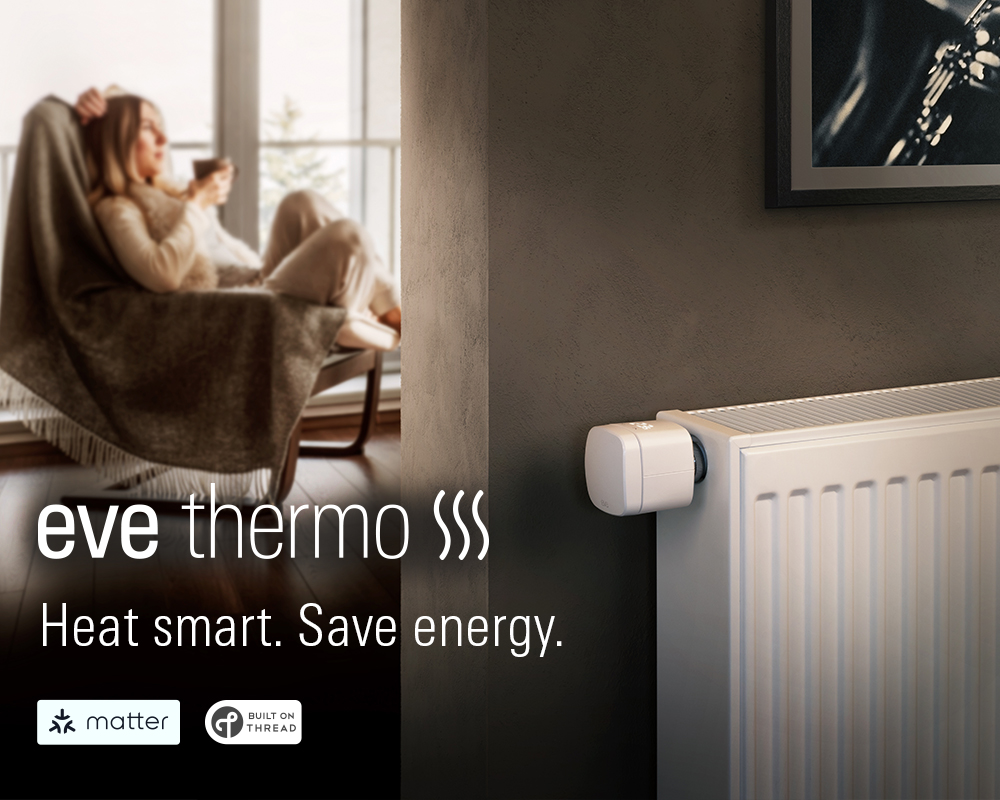Munich-based smart home manufacturer Eve Systems (link), now part of ABB, is expanding its European lineup with the Matter-enabled version of the Eve Shutter Switch. This means the company’s shutter control now also supports the cross-platform smart home standard.
The switch is “Made in Germany” and fits into existing 55-mm frames. It replaces conventional in-wall shutter switches and can be operated manually, via app, or by voice command. With certification for Matter 1.4.1, the device is compatible with all major smart home platforms that support the standard, including Apple Home, Amazon Alexa, Google Home, SmartThings, and Home Assistant. Users of the previous model without Matter will soon receive a free firmware upgrade to enable compatibility.
Integration via the Thread Protocol
The Eve Shutter Switch uses the Thread protocol, through which a growing number of Matter devices communicate (“Matter over Thread”). As a permanently powered, fixed installation within the home, the switch serves as a mesh node that strengthens the stability and range of the Thread network. For a permanent connection to the home network and for automations, a smart home hub with a Thread Border Router is required. Further information on setting up and operating such installations can be found in our 10 Tips for a Stable Thread Network.

Automations for Comfort, Efficiency, and Security
When combined with a compatible control hub, blinds can be automated – based on time schedules or presence detection. Through scenes, the switch can also be linked with other devices, allowing, for example, light and shading to be controlled together. Users of iPhones and iPads have access to additional features via the Eve app for iOS, such as autonomous schedules or the Adaptive Shading option, which lowers blinds automatically during the day according to the sun’s position.
During winter, automatic processes can also contribute to energy efficiency by closing blinds to reduce heat loss. Remote control and random movement patterns can additionally create the impression that someone is at home, which may deter potential intruders.
Share this information:


